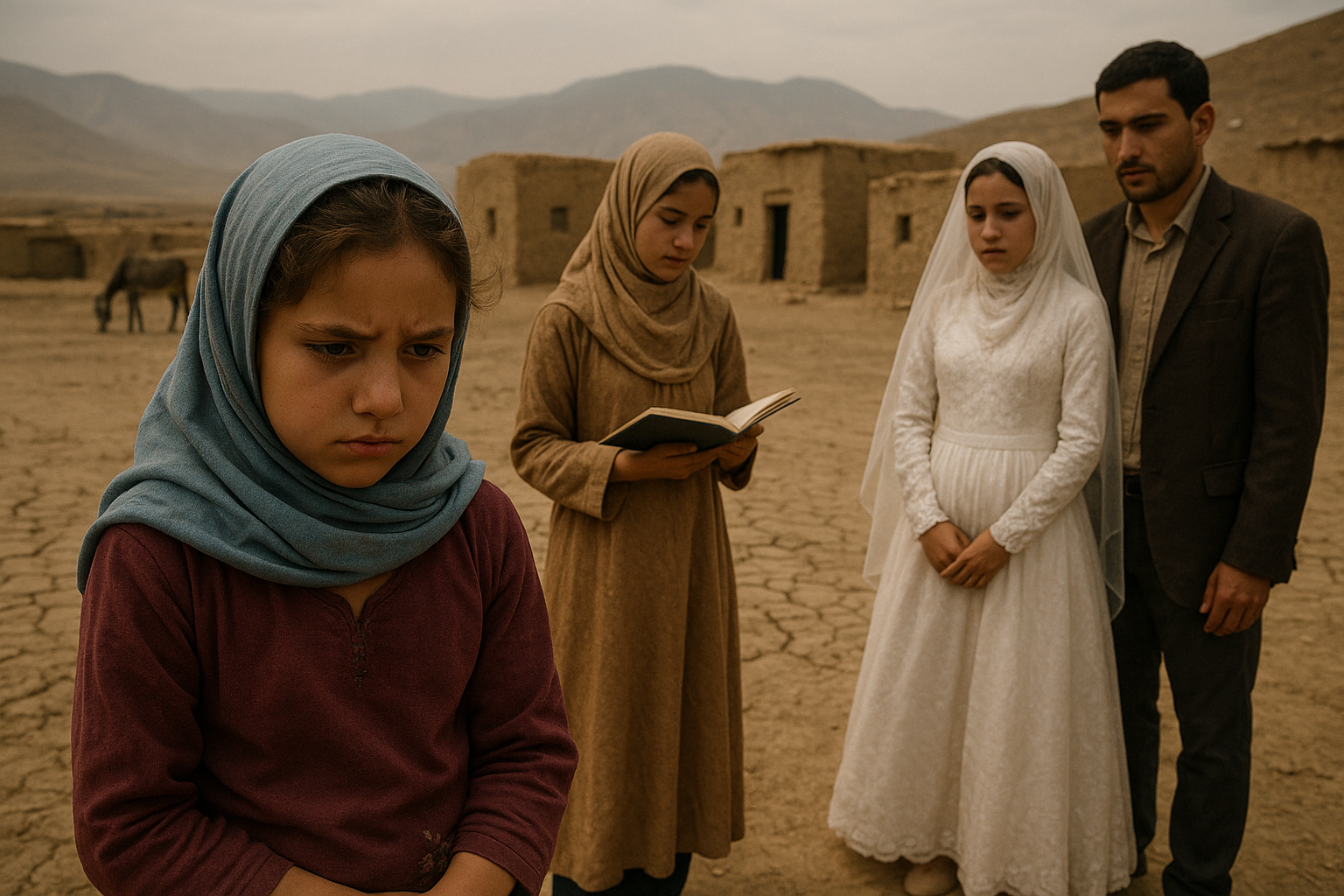From School to Marriage: How Droughts in Childhood Limit Women’s Futures Across Generations
A World Bank and IFPRI study finds that droughts during the first five years of life in Egypt, Jordan, and Morocco have lasting effects on women’s education, health, and marriage outcomes. Rural women exposed to early droughts face higher illiteracy, early marriage, and lifelong dependence on agriculture, highlighting climate change’s silent role in deepening inequality.

The World Bank, in collaboration with researchers from the International Food Policy Research Institute (IFPRI) and partner academic institutions, has released a sobering report that firmly places climate change within the realm of human development. Titled “Long-Term Effects of Early Childhood Exposure to Droughts in MENA,” the study combines demographic surveys with meteorological data to show how droughts during the first five years of life have left indelible marks on women in Egypt, Jordan, and Morocco. More than an environmental crisis, drought is revealed as a force quietly scripting the trajectories of education, health, and marriage across generations.
The Data Behind a Hidden Crisis
The researchers merged 13 rounds of Demographic and Health Surveys with high-resolution weather records to trace the long-term influence of drought. By using the Standardized Precipitation-Evapotranspiration Index, which accounts for both rainfall and temperature, they were able to identify when children were born into drought conditions and track their later-life outcomes. The evidence is stark: rural women exposed to drought in early childhood completed on average 10 percent fewer years of education, were more likely to remain illiterate, and faced higher risks of undernutrition as measured by shorter adult height. These women were also more likely to be confined to agricultural labor as adults, showing how climate shocks curtailed mobility and choice.
The study also documented social outcomes that are less often captured in climate research. The probability of child marriage rose by about six percentage points for those born during drought years. Families, squeezed by crop failures and falling incomes, turned to early marriage for daughters as a coping mechanism. The result is a pattern where climate shocks in infancy shape life-long opportunities in ways that reinforce poverty and inequality.
Rural Families Carry the Heaviest Burden
The geographic divide is as revealing as the statistics themselves. Women born in cities displayed little to no measurable long-term impact from early droughts. By contrast, their rural counterparts, especially those from farming families, bore the full weight of climate volatility. In rural Egypt during the early 1990s, illiteracy remained stubbornly high among women, and those born during drought years had even slimmer chances of finishing school. In Morocco’s hinterlands, where illiteracy rates for women exceeded 75 percent in the early 2000s, drought compounded already daunting barriers to education. Jordan, though better positioned with stronger baseline schooling, still saw drought-linked setbacks in secondary education and women’s empowerment.
The contrast underscores how climate change deepens existing inequalities. Those who depend directly on rain-fed agriculture have the least buffer against shocks, while urban populations are more insulated. It also highlights the gendered dimensions of vulnerability: women in rural areas were not only less able to weather climate shocks but also less likely to escape their consequences later in life.
Lessons for Policy and Protection
The report does not stop at documenting the damage; it offers clear policy lessons. Protecting children during their earliest years emerges as the single most effective strategy to prevent climate-induced inequality from taking root. Nutritional support, maternal healthcare, and targeted cash transfers are identified as key tools. Yet the study cautions that cash alone cannot solve the problem if food markets themselves collapse during drought. In-kind food transfers, despite their logistical challenges, may be essential in extreme crises.
The authors also call for structural reforms. Enhancing women’s ownership of assets, strengthening access to healthcare, and enforcing protections against child marriage are not side issues but central strategies for resilience. Without them, households fall back on harmful coping mechanisms when faced with drought, locking daughters into truncated futures. The report urges governments and donors to design climate responses that integrate social protection with gender equality measures, ensuring that adaptation does not overlook the most vulnerable.
A Warning for the Region’s Future
The limitations of the study are candidly acknowledged. Data constraints meant only three countries could be analyzed, and only women’s outcomes could be tracked systematically. Yet the consistency of the results across contexts makes the warning impossible to ignore. Climate shocks, the authors argue, are not temporary disruptions but silent architects of inequality. A girl born into a drought year in rural Morocco or Egypt is more likely to marry before adulthood, less likely to finish school, and more likely to remain tied to farming than her peers. These are not short-term setbacks but life-defining trajectories shaped before her fifth birthday.
The wider message is that climate change in the Middle East and North Africa is not only about shrinking rivers and hotter summers. It is about the silent erosion of human potential, especially among girls whose futures can be derailed by the weather patterns of their infancy. Unless protective measures are scaled up, drought will continue to determine life chances long after the rains return. The scars of early childhood drought risk becoming one of the most enduring and least visible legacies of the climate crisis.
- FIRST PUBLISHED IN:
- Devdiscourse
ALSO READ
World Bank Approves $47.9M Education Grant to Boost Schooling in Punjab
World Bank–Egypt Partnership Framework Targets Inclusive Growth and Reform
Survey gaps leave poverty predictions on shaky ground, World Bank researchers say
World Bank urges new funding models to close global education technology financing gap










